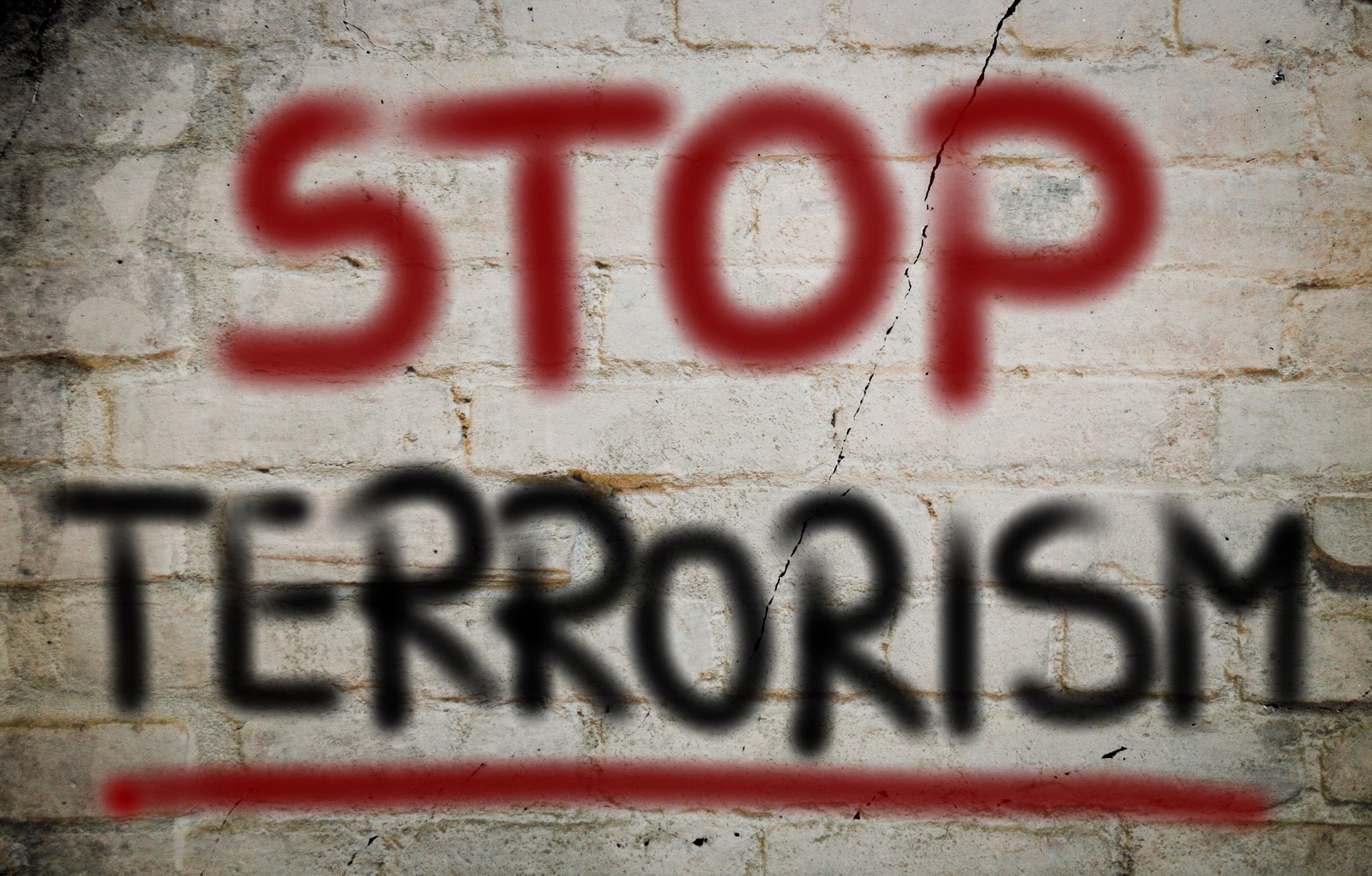Written by Marc Hall, in cooperation with Patryk Pawlak and Clare Ferguson,

Terrorism is considered a serious threat to internal security by European governments, particularly in light of the attacks in Paris and Brussels. It is also one of the policy areas where a large majority of citizens would like to see more European involvement. Terrorist events raised a number of questions; such as what persuades these individuals to carry out such attacks; what are the EU and the international community doing to tackle these domestic and cross-border threats; and what, if any, is the role of religion and ideology. Framing the debate correctly is paramount in order to counter violent extremism effectively.
The terms that are most commonly used in relation to these events are radicalisation, extremism and terrorism. They are closely connected concepts; however they should not be analysed solely in terms of a simple linear process, but rather as a relational dynamic. Furthermore, these are complex concepts with contested definitions. The European Commission considers radicalisation to be ‘embracing opinions, views and ideas which could lead to acts of terrorism’ (itself a contested word). Therefore, preventing radicalisation forms an important part of counter-terrorism strategy.
Radicalisation and extremism are often used interchangeably in political discourse, belying the debate on their definitions that exists in the social sciences. According to one interpretation, ‘radicalism’, connected to radicalisation, seeks to change the existing political and social structure, but is not necessarily violent. ‘Extremism’ in this context refers to the adoption of a particular ideology with the intention to use violence to remove the state or ruling structure and its elites. Another interpretation views radicalism as the pursuit of sweeping change, while limiting extremism to the pursuit of concrete and localised political ideologies.
Global definitions of terrorism and strategies
The United Nations has on many occasions recognised that establishing an internationally agreed definition of terrorism could help to fight the phenomenon. However, attempts to do so have stalled, due to disagreements in the international community. The Organisation of Islamic Cooperation has sought to clarify the difference between acts of terrorism and what may be considered ‘the legitimate struggles of peoples under foreign occupation’, with reference to the right to self-determination as recognised under international law. However, this presents a practical problem due to the difficulty in establishing what constitutes a ‘legitimate struggle’, and the terrorist tactics used by insurgent groups.
There are many UN treaties dealing with terrorism, reflecting the evolving nature of the threat. Prevention plays an important role in the UN framework, with the organisation stating the need to address the conditions conducive to the spread of terrorism in its 2006 global counter-terrorism strategy. UN Security Council Resolution 2178 (2014) sought to encourage international cooperation in the fight against terrorism, asserting that ‘countering violent extremism, which could be conducive to terrorism … is an essential element in addressing the threat to international peace and security posed by foreign terrorist fighters’. This interpretation considers violent extremism as a different concept from, though a potential route towards, terrorism, rather than an interchangeable term for the same phenomenon.
The fight against terrorism is a central component of the United States’ national security policy. The Prevent Violent Extremism strategy launched by the Obama administration in 2011 moved US policy away from an approach dominated by law enforcement and intelligence towards a more comprehensive strategy that includes prevention of radicalisation and terrorism. Cognisant of the evolving nature of terrorism, and the threat posed by home-grown extremists, the new policy focused on a ‘grassroots’ approach of engagement with communities, with a strong focus on building resilience to violent extremism. The strategy emphasised the importance of ‘how we define and discuss’ the specific challenge of radicalisation to violence, however indicating that it requires ‘some of the same tools and solutions’ as other complex challenges, such as gang violence, school shootings, drugs, and hate crimes.
In the Arab countries, some of which have the highest incidences of terrorist attacks in the world, strategies to counter extremism and radicalisation are based on the acknowledgement that violent extremism and terrorism pose a threat to peace and that a military response is not the only way of tackling the threat, with stress placed on the importance of addressing the root causes of radicalisation. Concrete strategies adopted by respective governments have included rigid security measures, efforts to influence religious leaders and their narratives, better institutional cooperation, and military action.
Russia’s focus in countering extremism and terrorism has shifted from addressing mainly home-grown concerns in the northern Caucasus, such as in Chechnya and Dagestan, towards engagement with global jihadi movements. Moscow is sceptical about extremism being used as a ‘geopolitical instrument to rearrange spheres of influence’. As a result, Russia has been reluctant to cooperate with US-led initiatives to counter violent extremism without a clear definition of what extremism actually means.
EPRS Publications:
- Countering extremism and terrorism in Russia, Julian Gopffarth, Patryk Pawlak
- EU response to the Paris terrorist attacks [What Think Tanks are thinking], Marcin Grajewski
- Countering terrorism in the EU, Clare Ferguson
Visit the European Parliament page on ‘The EU’s fight against terrorism‘.








[…] Radicalisation, extremism and terrorism: Words matter […]
Nice treatise of the complex terms that are extremism & radicalism